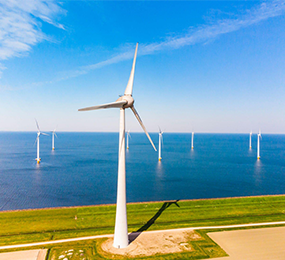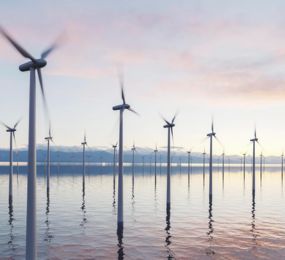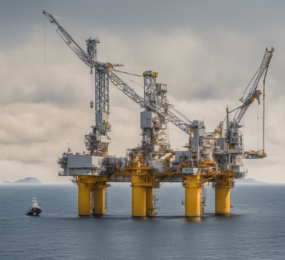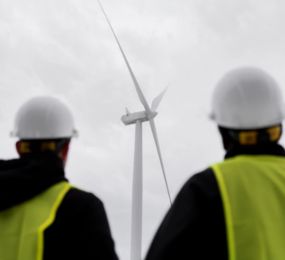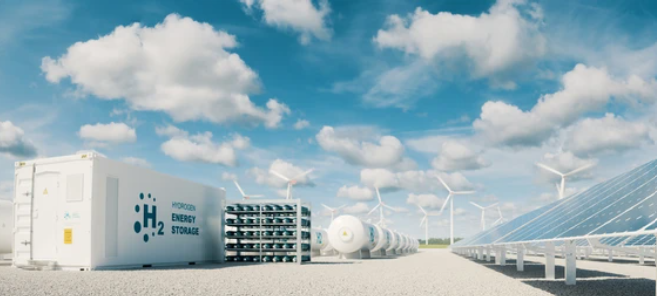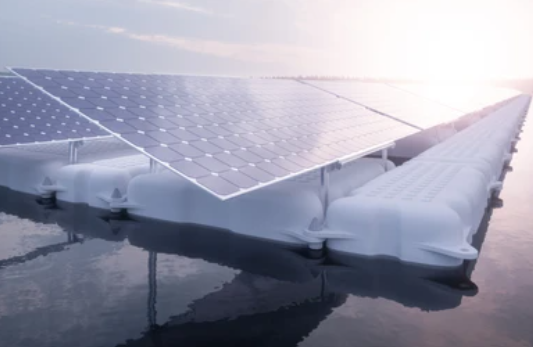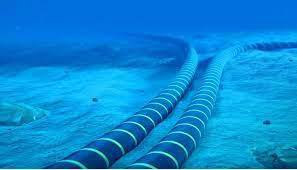Offshore wind energy has emerged as a vital component of the global transition to renewable energy. However, the successful implementation of offshore wind projects requires careful financial planning and analysis. Financial modeling plays a crucial role in assessing project viability, managing risks, and making informed investment decisions.
Key Components of Financial Modeling for Offshore Wind O&M:
- Revenue Projections: Estimating future revenue streams based on expected energy production, electricity prices, and government incentives.
- Cost Estimation: Accurately predicting operational costs, including maintenance expenses, insurance premiums, and personnel costs.
- Capital Expenditure (CAPEX): Modeling the initial investment required for the project, including turbine procurement, installation, and infrastructure development.
- Financing Structure: Analyzing different financing options, such as debt financing, equity financing, or a combination of both.
- Risk Assessment: Identifying and quantifying potential risks, such as construction delays, equipment failures, and regulatory changes, and incorporating them into the financial model.
- Sensitivity Analysis: Evaluating the impact of different variables on project profitability, such as changes in electricity prices, interest rates, and operating costs.
Benefits of Financial Modeling:
- Informed Decision Making: Financial modeling provides a clear understanding of project economics, enabling investors and decision-makers to make informed choices.
- Risk Management: By identifying and quantifying potential risks, financial modeling helps in developing effective risk mitigation strategies.
- Investor Confidence: A well-structured financial model can instill confidence in investors by demonstrating the project's viability and potential for returns.
- Optimization: Financial modeling can be used to optimize project parameters, such as turbine selection and maintenance schedules, to maximize profitability.
Challenges and Considerations:
- Uncertainty: Offshore wind projects are subject to various uncertainties, such as weather conditions, regulatory changes, and technological advancements. Incorporating these uncertainties into the financial model is crucial.
- Data Availability: Accurate and reliable data is essential for building a robust financial model. Collecting and analyzing relevant data can be challenging.
- Complexity: Financial modeling for offshore wind projects involves complex calculations and assumptions. It requires expertise and specialized software tools.
Financial modeling is an indispensable tool for evaluating the economic viability of offshore wind O&M projects. By accurately assessing revenue, costs, risks, and returns, investors and decision-makers can make informed choices and ensure the long-term success of these projects. As the offshore wind industry continues to grow, sophisticated financial modeling techniques will play an increasingly important role in driving sustainable and profitable investments.
To register or learn more about the Forum please check here: https://www.leadventgrp.com/events/4th-annual-offshore-wind-operations-and-maintenance-forum/details
For more information and group participation, contact us: [email protected].



